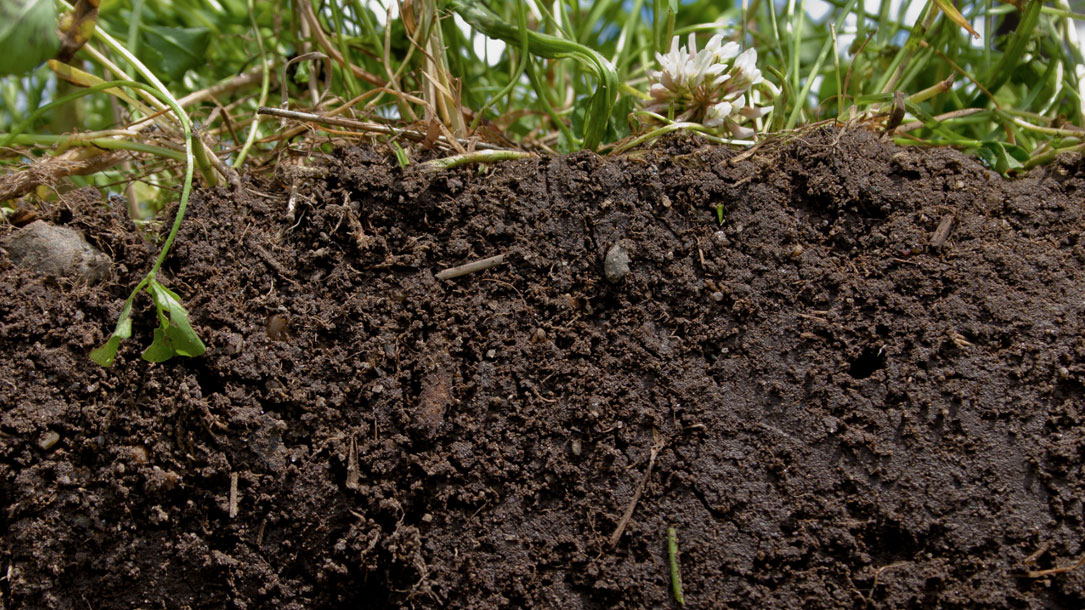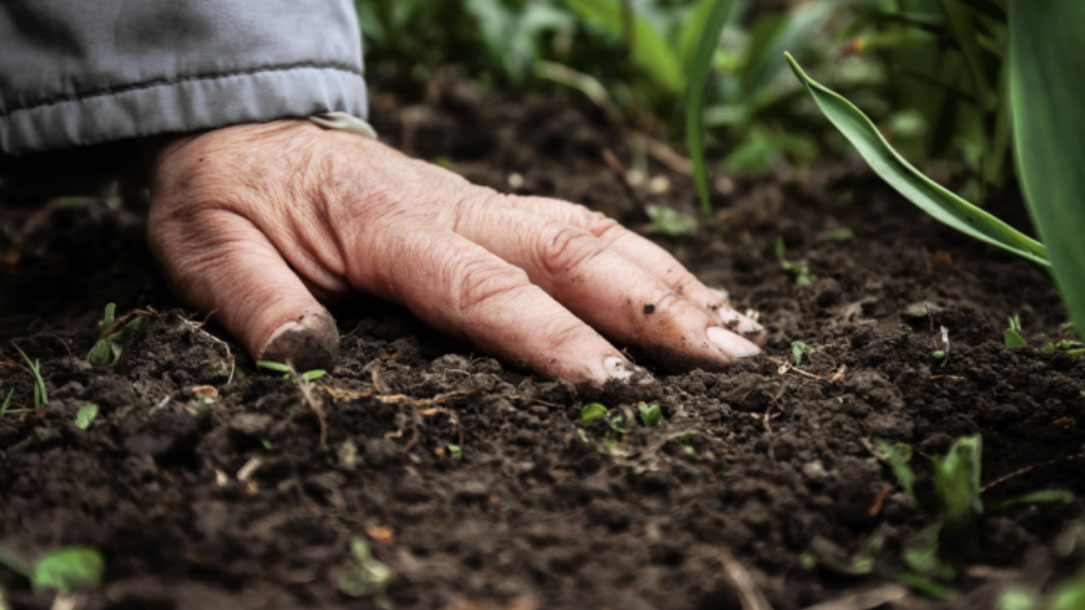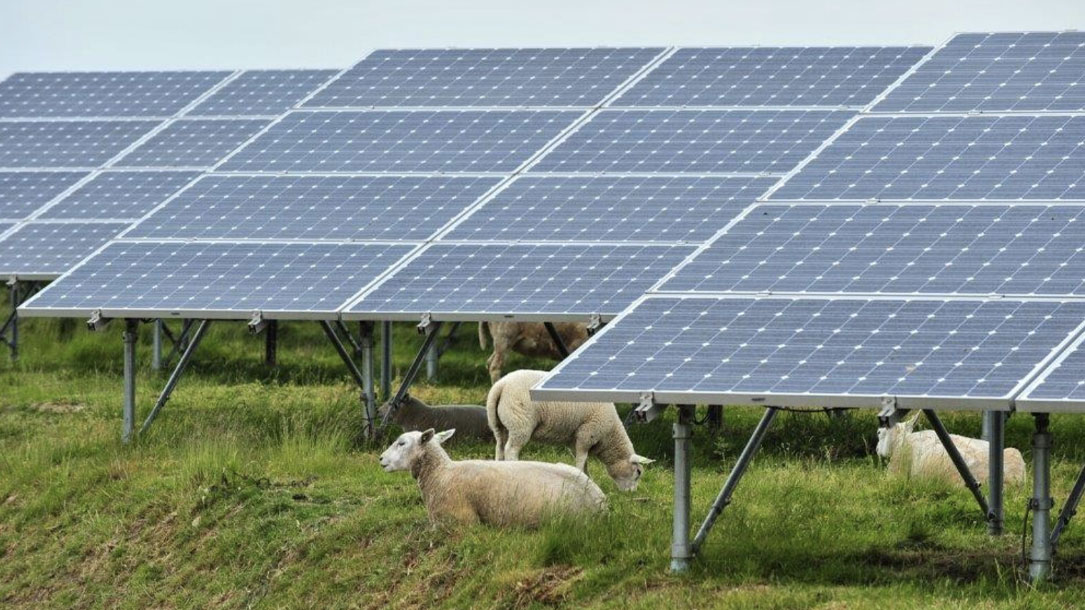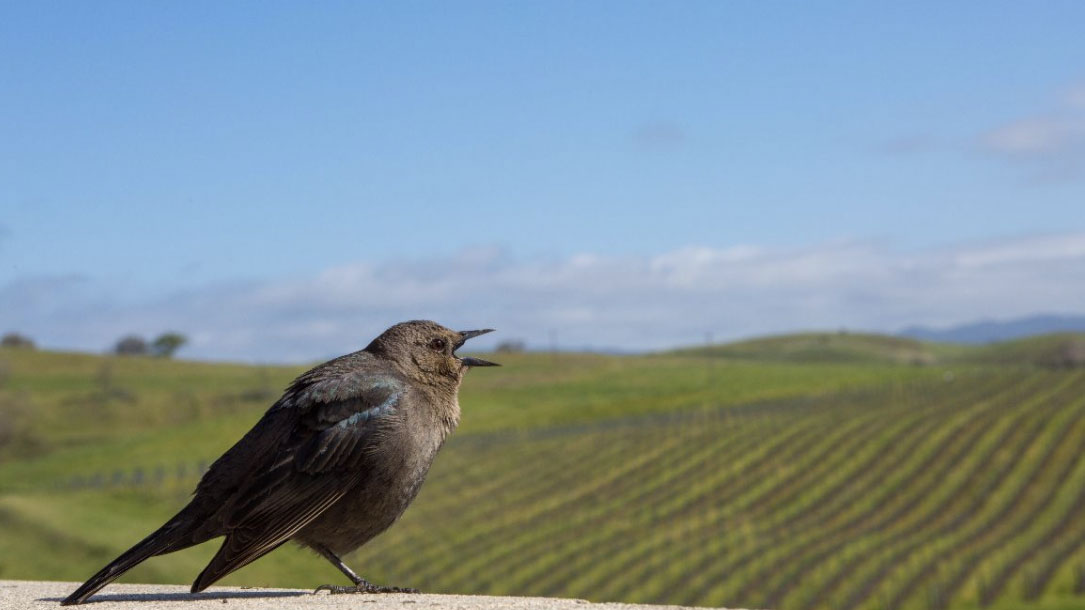
Restoration and solar team up
For over a year now, much of the SunCommon team has been working remotely, and all-staff gatherings have been suspended. But graced with good weather and increased access to vaccines amongst [their] staff, [they] paused operations for a day to give each other the opportunity to reconnect after a year apart, provide service to our community, and expand [their] mission impact by planting carbon-sequestering trees.
Check out the projects and organizations they worked with…

Quantifying economic and environmental benefits of soil health
Many farmers believe the scientific evidence that soil health practices improve soil and water quality. However, they are reluctant to change management techniques without knowing how much the soil health practices will cost or benefit them. So, AFT found “soil health successful farmers,” and conducted benefit-cost analyses.

The math is in: Soil health practices produce real return on investment
Our nation’s farmers and ranchers care deeply about the land. They want to use practices that improve soil health and protect water quality, like no-till or strip till, cover crops, and nutrient management.
But, farming is a business like any other. If the numbers don’t add up, it’s hard to make improvements that are good for the environment.

Providing economic opportunity for family forest owners
The Nature Conservancy, The American Forest Foundation, and Amazon are working together to help family forest owners bring in income through sustainable forest management, which has been proven to play a significant role in sequestering more carbon.

How solar energy can coincide with crop and animal agriculture
We’ve devoted millions of acres of land to growing crops and allowing farm animals to graze. Now, that land used for agriculture can have a dual purpose — to harness the sun’s rays and provide energy.

The future of solar relies on synergies between renewables development and the environment
As corporations and utilities continue to look to renewable energy to help them reach sustainability and renewable portfolio standard (RPS) commitments, solar development has flourished. According to the U.S. National Renewable Energy Laboratory, it’s predicted that utility-scale solar sites are on track to occupy nearly 2 million acres in the United States by 2030.

Perspectives: Natural climate solutions
We are at a critical point for the future of the planet.
We need to reach net zero greenhouse gas emissions by mid-century to keep global temperature increases under 2°C. While most efforts toward this goal have been focused on reducing fossil fuel use, new science shows that natural climate solutions—based on the conservation, restoration and management of forests, grasslands and wetlands—can deliver up to a third of the emission reductions needed by 2030…

Any infrastructure plan also needs to invest in trees and green space
It’s up to community leaders, neighborhood organizations, nonprofits, and more to ensure that green strategies are not an afterthought but a critical foundation of any infrastructure plan introduced in Congress…

Climate change strategies
The Land Trust of Napa County (LTNC) is actively working to incorporate the challenges and threats posed by climate change into both its land conservation and natural resource management strategies, with a focus on protecting and restoring the ability of our local ecosystems to respond and adapt to warming temperatures. LTNC has dramatically increased its pace of land protection and stewardship throughout Napa County over the last five years to more effectively address these pressing issues…

How does climate change affect land trusts?
The Land Trust Alliance manages a website dedicated to climate change. There are numerous resources available for land trusts to use, reference, and expand upon. Topics include climate adaptation, resilience, carbon finance, mitigation, and case studies…to name a few.












